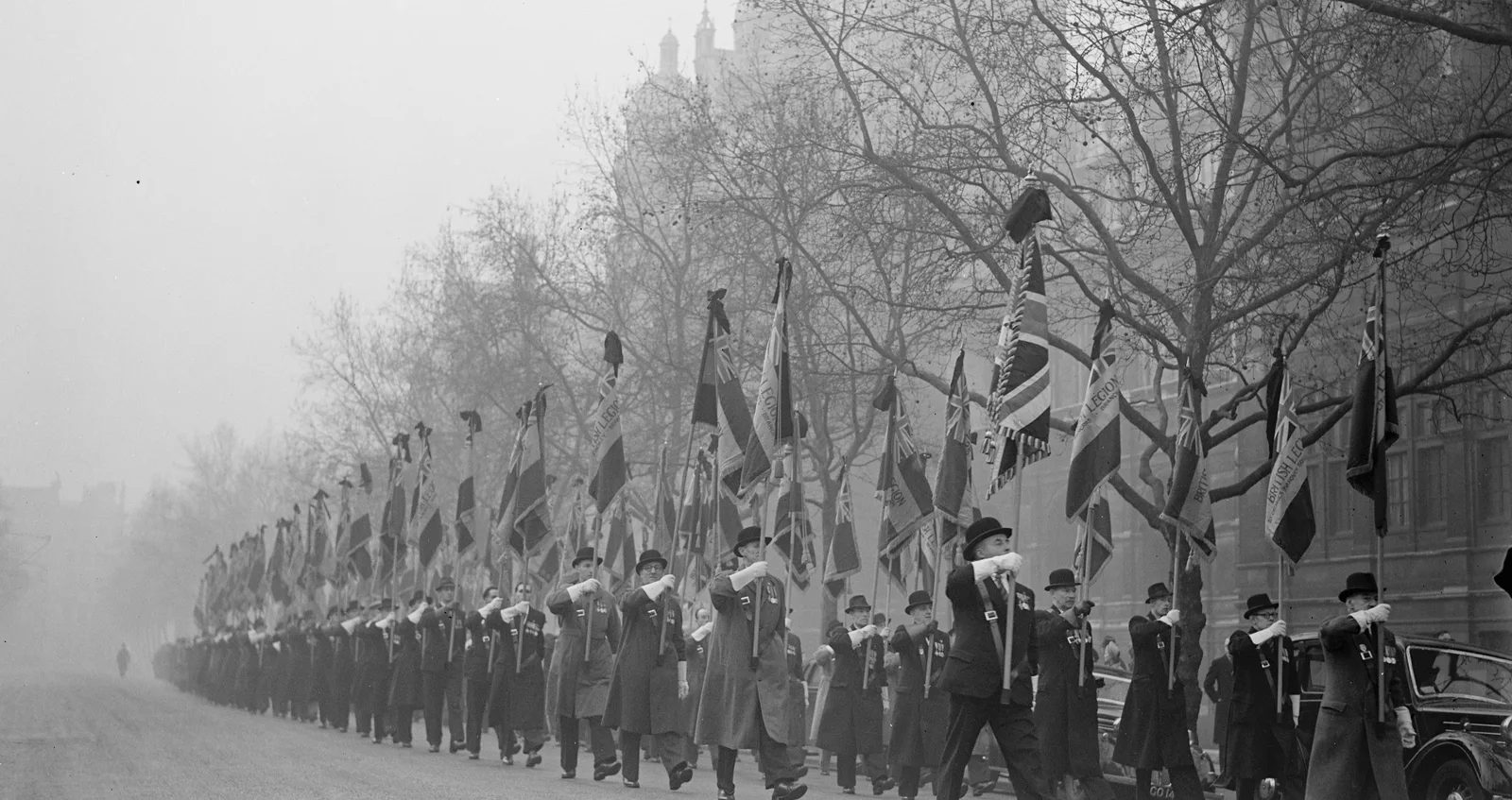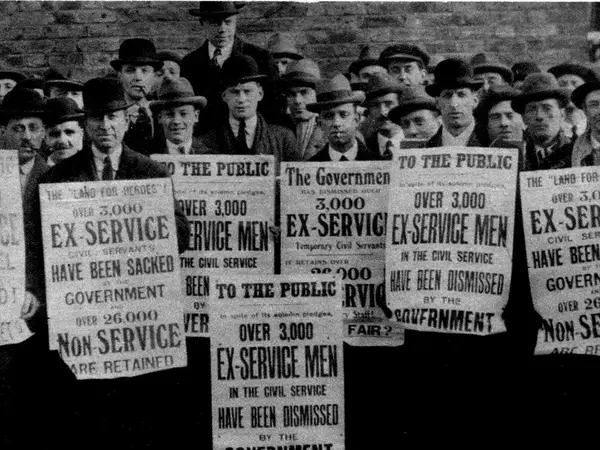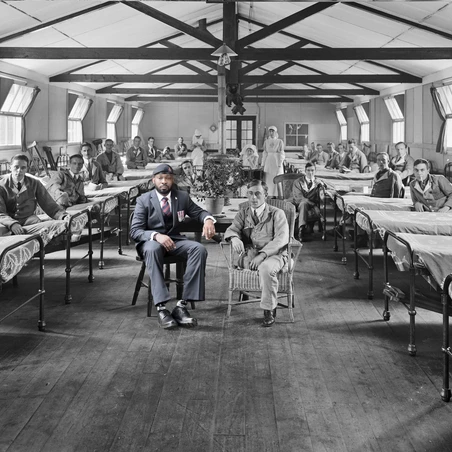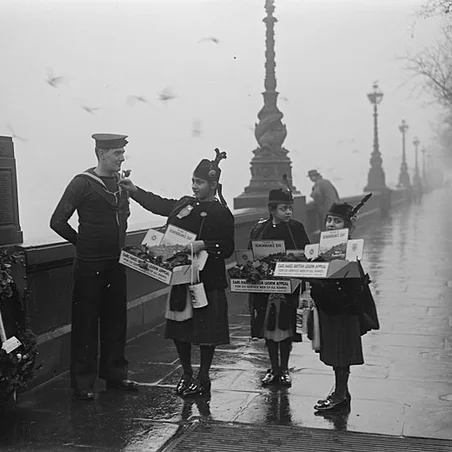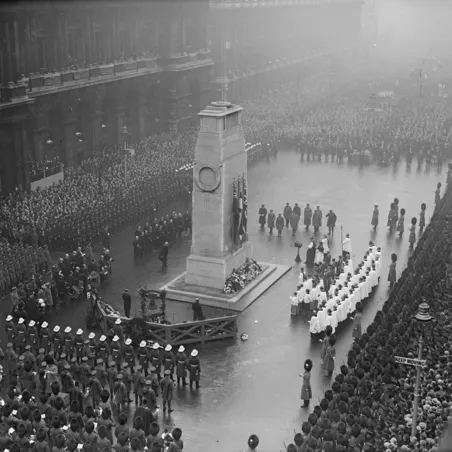In the aftermath of the First World War it became apparent there was a need for an organisation to support and represent all members of the Armed Forces, to hold the Government to account and ensure all those who served and sacrificed were given the support they needed and deserved.
Support for the Armed Forces
In response the British Government set up a scheme for those who returned home from the frontline as a result of injury to claim compensation. But this fell short when men who had been sent home due to injury and had been through the medical system were sent back to the frontline - including men who were medically unfit to serve - because of a shortage of fighting-fit men.
This was met with outrage and led to the formation of a body called the National Federation of Discharged and Demobilized Sailors and Soldiers in January 1917. The Federation was based in the South-East of England and had links to the Liberal Party. In the same year, The National Association of Discharged Sailors and Soldiers was formed in Blackburn which had strong links to the Labour Party and campaigned for better pensions.
The Comrades of the Great War was also formed in 1917 and was established to fight for the rights of the ex-serviceman and woman.
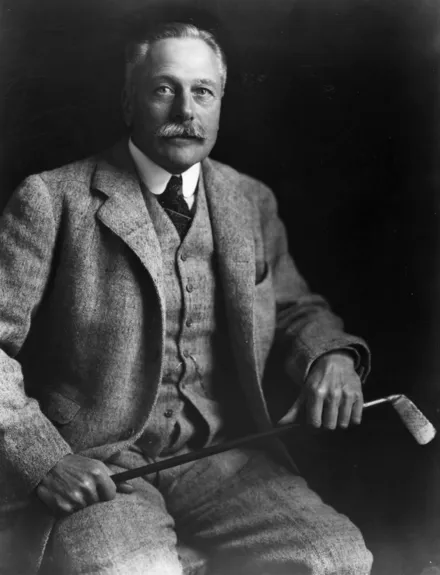
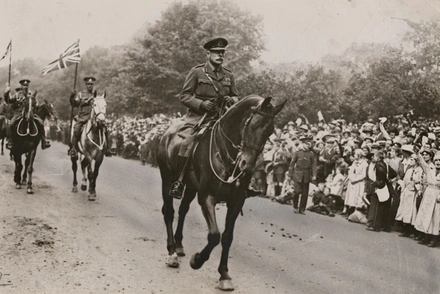
Earl Haig
During the war the three organisations campaigned for better support for the Armed Forces, but their work really began in 1919 due to the huge challenge of bringing home millions of soldiers who were scattered across Europe.
Field Marshal Douglas Haig, Commander-in-Chief of the British Army, had concerns for the future welfare of the men who had served abroad long before the war ended. He proposed demobilisation based on age and length of service as early as 1917.
But his proposals were dismissed, and it was decided that ‘key workers’ were to be brought back first as it was seen as crucial to get industry back up and running again.
This caused a great deal of resentment among those who had been in the services for longer and lead to demonstrations and riots by serving soldiers who were deeply angered by the way demobilisation was being handled.
A united front
Haig refused to be associated with any one of the ex-Service organisations separately and pushed for them to come together to focus on care for ex-Servicemen and their families.
By Spring 1920 the National Federation of Discharged and Demobilized Sailors and Soldiers and the Comrades of the Great War had realised that unity was the only way forward and called a conference and invited the other organisations.
The conference was chaired by the President of the Federation, Sir Frederick Lister, who successfully argued for the amalgamation of the four existing bodies.
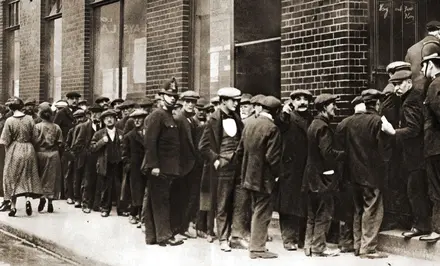
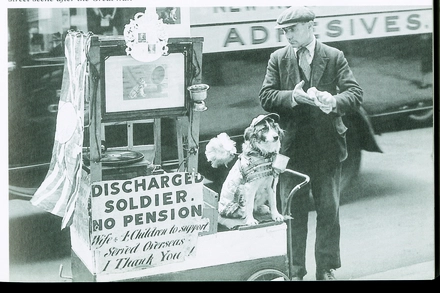
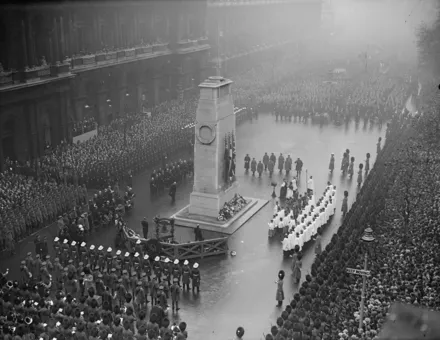
The British Legion
On Sunday 15 May 1921, a small group of ex-Servicemen and representatives from the four organisations, The National Association of Discharged Sailors and Soldiers, The British National Federation of Discharged and Demobilized Sailors and Soldiers, The Comrades of The Great War and The Officers' Association walked to the Cenotaph, in London’s Whitehall. As Big Ben struck nine, the four men representing the organisations laid a wreath with the badges of the four organisations that would officially unite to form the British Legion.
The following day the constitution was presented to and agreed by 700 delegates at the Unity Conference in London. The then Prince of Wales was also invited to become the British Legion’s first Patron, whist Earl Haig was appointed as the British Legion’s first President and Sir Frederick Lister the National Chairman.
The British Legion was founded by and for Armed Forces personnel and as a demonstration of its attitude towards its members the constitution was proposed by a soldier and seconded by a General - there would be no distinction between rank, religion or political affiliation.
A life dedicated to the Armed Forces
In the early years of the newly formed British Legion, founder and President Earl Haig worked tirelessly championing the needs of the Armed Forces, launching the Poppy Day Appeal in 1921 and helping to shape modern Remembrance. He also worked hard at grass-roots level, touring the country with Lady Haig, making speeches, visiting branches, opening bowling greens and hospital wards.
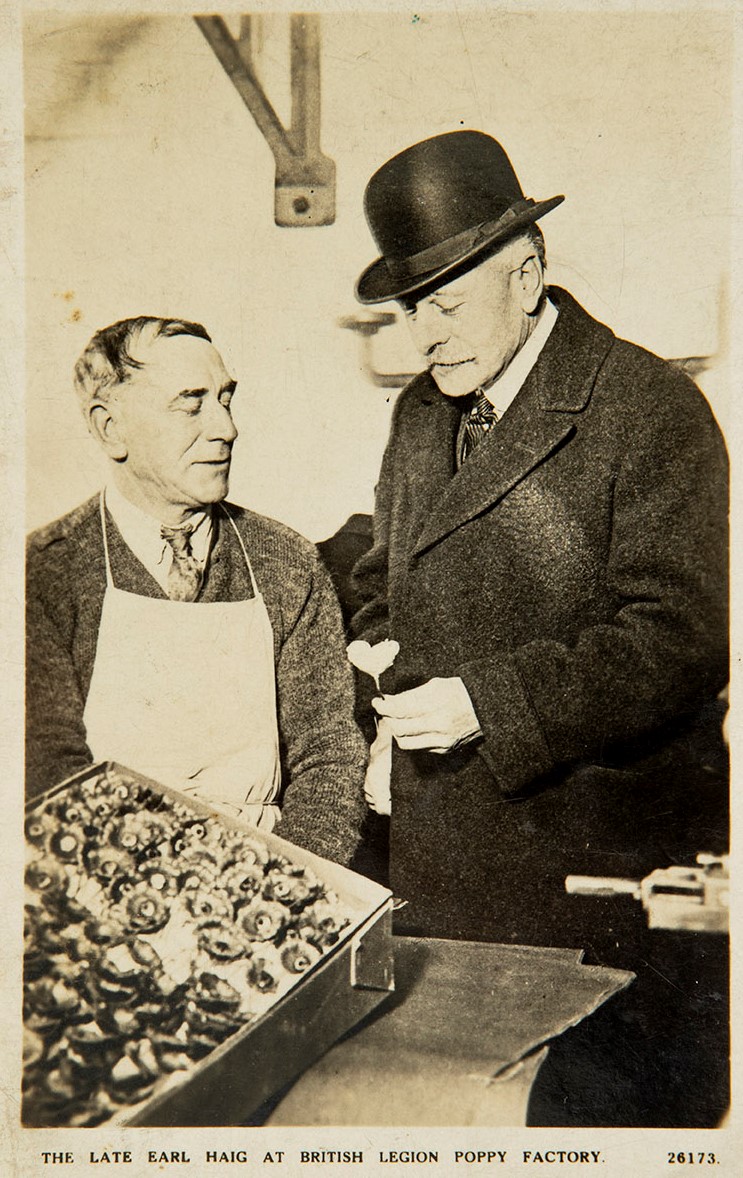
On 27 January 1928 Haig visited the Poppy Factory in Richmond and greeted a group of scouts. Sadly, the next day at the age of 66 he died suddenly. It was a devastating loss to the British Legion but his commitment to always put duty before self had earned him the undying devotion from its members and leaves a legacy that is still felt within RBL today.
100
years on we continue Earl Haig’s legacy ensuring all members of the Armed
Forces can live dignified and fulfilled lives through our ongoing welfare and
campaigning work, whilst remembering those who have given their lives for the
freedoms we enjoy today.

